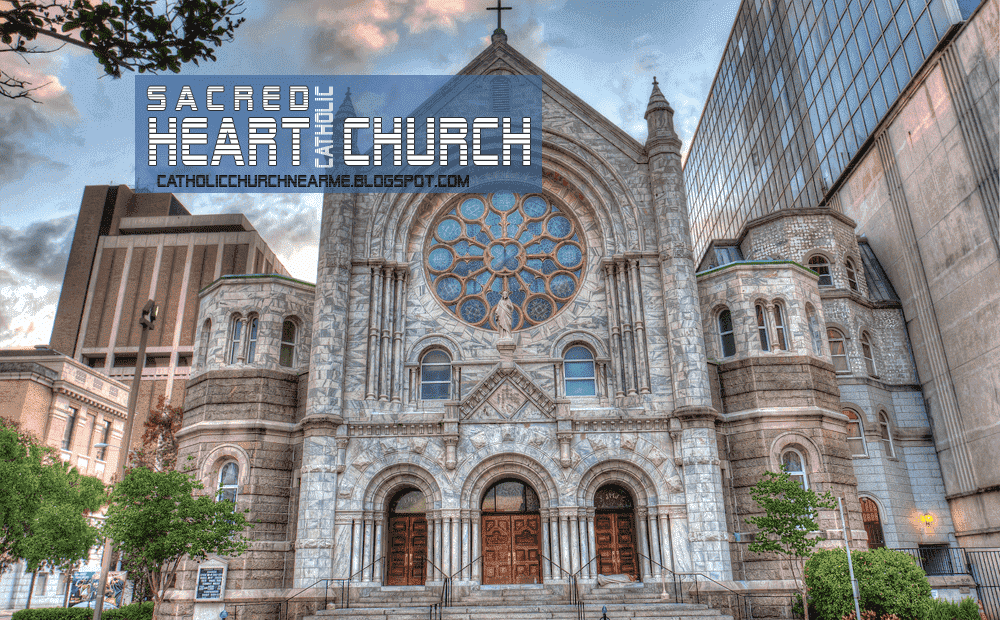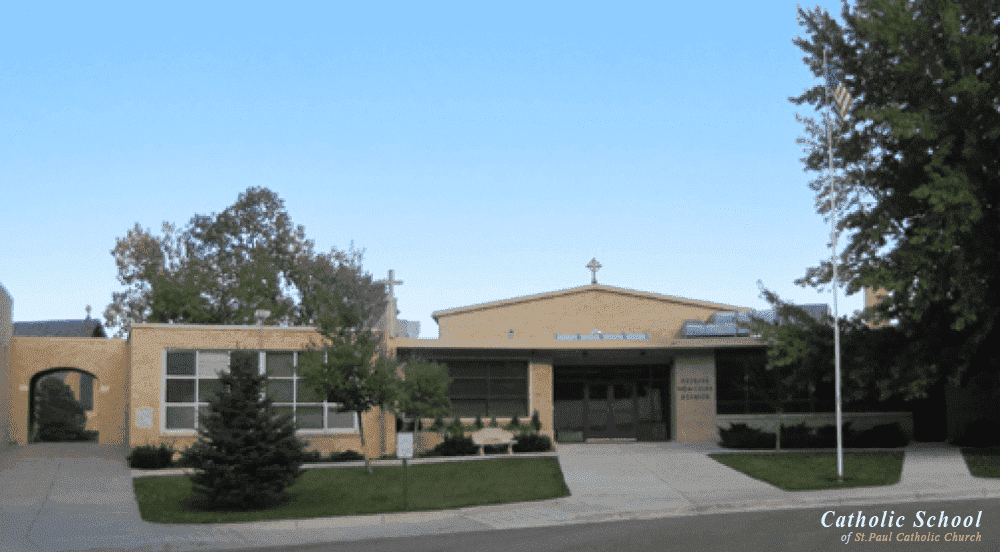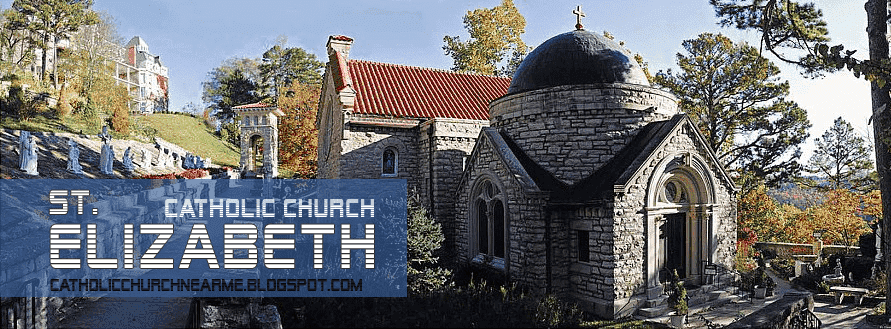
Rite of Initiation of Christian Adults (RCIA) of St. Joseph Catholic Church
If you are interested or know someone who might be interested in knowing their faith journey in the Catholic Church, please contact: Don Coates deacon at: deacondon@st-joseph.cc or church office at: (478) 745-1631.What are the steps of RCIA of St. Joseph Catholic Church?
Before starting RCIA, someone must come to know Jesus Christ, consider their relationship with Jesus Christ and who are usually attracted to certain ways to the Catholic Church. This period is often known as the Precatechumenate Period and Evangelization. For some people, this process often involves a sufficient or very long search period; while for others, in a shorter time.Often, contact with believers and personal faith experiences make people ask about the Catholic Church. After conversing with a priest, or director of RCIA, the person known as the "questioner" can request acceptance into the Order of the Catechumen, through the Acceptance Rite. During this Rite, the questioner stood in the midst of the parish community and stated that he wanted to become a member of the baptized Catholic Church. The parish assembly affirmed this desire and the questioner became the Catechumen.
The Katekumenat period can last for several years or for a shorter period of time. It depends on how the person grows in faith, what questions they encounter along the way, and how God leads them on this journey.
During this time, Katekumen considered what God said to them as stated in the Scriptures, what changes they had in their lives that they needed to do to respond to God's inspiration, and what it meant to be Baptism in the Catholic Church.
When a Catechumen and priest and parish team worked with him believing that the person was ready to make a commitment to faith in Jesus in the Catholic Church, the next step was a request for baptism and the Election Rite celebration. Even before the Catechumens were baptized, they had a special relationship with the Church.
The Election Rite includes the registration of the names of all the Catechumens who wish to be baptized on the coming Easter Night. Usually, on the first Sunday of Lent, the Catechumens, sponsors and their families gather in the cathedral church. Katekumen openly expressed their desire to be baptized to the bishop of the diocese.
Their names will be recorded in a book and they will be referred to as Elect. Lent is the last period of Purification and Enlightenment on the eve of Easter. Lent is a preparation period characterized by prayer, study, and spiritual guidance for the elect, and prayer for them by the parish community.
The Sacrament Celebration The initiation takes place during the Liturgy of the Easter Night on Holy Saturday when the elect receives the sacrament of Baptism, Confirmation and the Holy Eucharist. Now the person will be fully initiated into the Catholic Church.
As a newly initiated Catholic, they continued their formation and education in the Period of the Post-Baptismal Catechesis, also called Mystagogy. This period continues at least until Pentecost.
During that period the newly baptized members reflected on their experiences on Easter Night and continued to learn more about the Scriptures, the Sacraments, and the teachings of the Catholic Church. In addition they reflect on how they will serve Christ and help in Church missions and outreach activities.

Wedding Ceremony at St. Joseph Catholic Church, Macon, GA, USA
What is meant by fellowship full of the Church of St. Joseph Catholic Church?
Coming into a fellowship full of the Catholic Church described the entry into the Catholic Church for baptized Christians. In most cases, these people made confessions of faith but were not baptized again. To prepare for this reception, people, called Candidates, usually participate in formation programs to help them understand and experience the teachings and practices of the Catholic Church.Although some preparations can be made when the Catechumen prepares to do baptism, the preparation for Candidates is different because they have committed and been baptized to Jesus Christ, and many of them have become active members of other Christian communities. Candidates may be accepted into the Catholic Church on Easter Vigil or on other Sundays during this time of year depending on the pastoral conditions and readiness of the Candidate.
What is the atmosphere of Easter on Holy Saturday like at St. Joseph Catholic Church?
The Easter Vigil takes place on Holy Saturday, the night before Easter Sunday. It was a night that would "be as bright as day" as proclaimed by Exsultet, an ancient church hymn when we joyfully anticipated the Resurrection of Christ. The Holy Saturday liturgy begins with the Worship of Light, which includes the blessing of a new fire and the Easter Candle symbolizing Jesus, the Light of the World.The second part consists of the Liturgy of the Word with a series of Bible readings. After the Liturgy of the Word, the Catechumens were presented to the parish community, who prayed for them with the Litany of the Saints. Next, the priest blesses the water, places the Easter or Easter candles in the water of baptism.
Those who seek Baptism then leave sin and declare their faith after that they are baptized with the priest who says the words, "I baptize you in the name of the Father, and the Son, and the Holy Spirit." Amen.
After Baptism, the newly baptized person wears white clothes and is given a candle lit from Easter Candle. They are then confirmed by a priest or bishop who reaches out over their heads, and asks for the outpouring of the Holy Spirit. He then anointed them with oil called Sacrism Chrism.
Mass continues with newly baptized people participating in general intercessory prayers and bringing gifts to the altar. In Communion, the newly baptized received the Eucharist, the Body and Blood of Christ, for the first time.
What is a white robe symbolized?
Newly baptized people wear white clothes after baptism to symbolize that they are washed clean of sin and that they are called to continue to walk in this new life.
What does the candle symbolize?
A small candle is lit from Easter candles and given to newly baptized people as a reminder for them to always walk as children of Light and become the light of Christ for the world.
What does the Holy Religion symbolize?
Holy Chrism, or oil, is a sign of the gift of the Holy Spirit given to newly baptized ones. It is also a sign of the close relationship between the mission of Jesus and the outpouring of the Holy Spirit, which comes to the recipient with the Father in Baptism.
Why was this ancient ritual restored?
Restored in the Church to highlight the fact that newly baptized people are accepted into the faith community, who are challenged to realize that they have also become different because of new life in this community.
Are there ceremonies or preparations for Catholics who have never or rarely practiced faith?
For Catholics who have been baptized, confirmed, and made First Communion but then away from faith, the way they return is through the Sacrament of Penance. Catholics who are baptized but have never received a Confirmation and / or Eucharist also participate in the formation period. This process of formation is complemented by the reception of the Sacraments of Confirmation and the Lord's Supper often on Easter Eve or during the Easter Season.

























